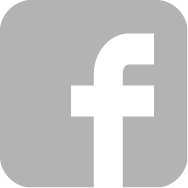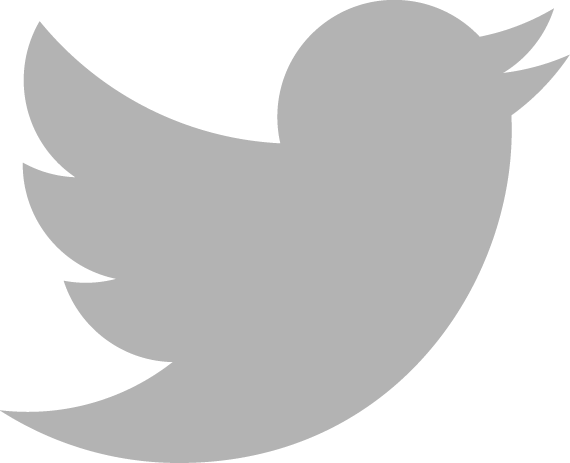Last night our Design Work series made its 2018 appearance with the topic of Job Seeking for Designers. The job seeking process has undergone a major digital renovation over the last decade—leaving some of us scratching our heads at the process— and the sold-out crowd spoke to how important this topic is these days.
The people want to know; Linkedin vs. resumes, paper vs digital portfolios, video interviews vs. in person and to negotiate or not.
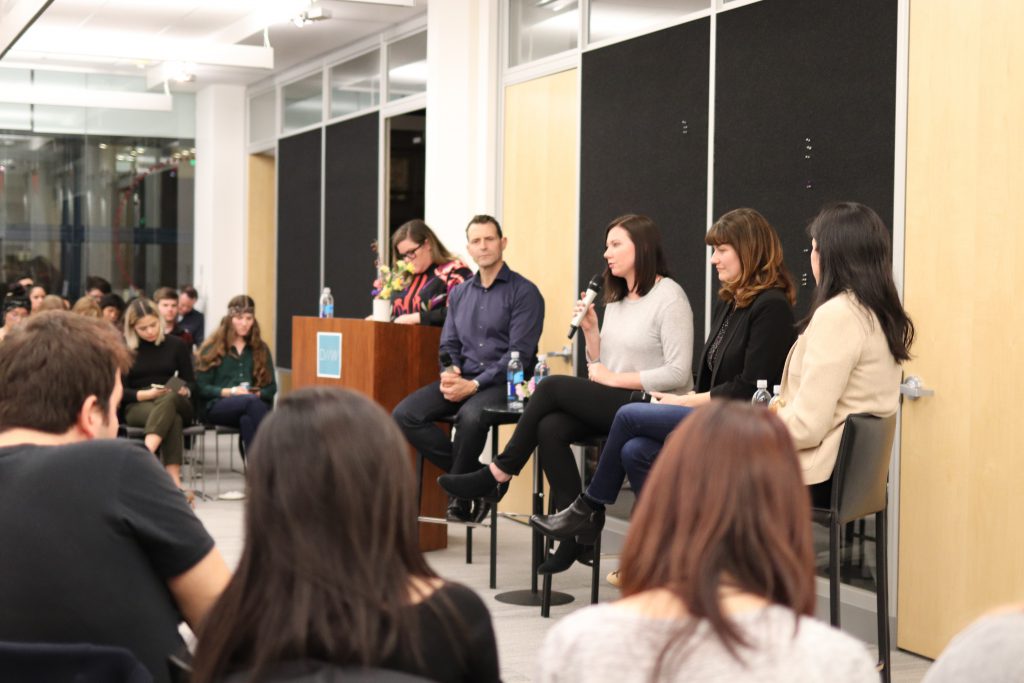
The panel included hiring experts, Lea Ann Hutter from LinkedIn, Kelly Kinch from Facebook, Gloriane Yi from Vitamin T and Eliel Johnson, from Charles Schwab. For an hour and a half, our moderator, Amy Stellhorn founder of Big Monocle, guided the discussion through the entire process of searching for a job, from where to even look for jobs, to how to negotiate an offer.
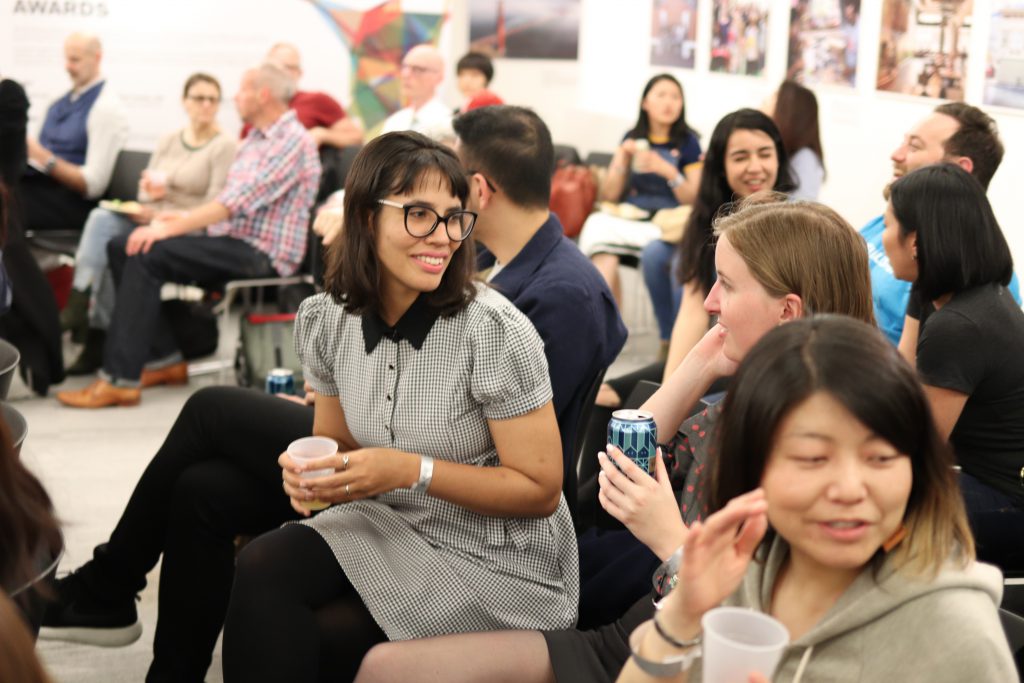
The panelists shared a variety of hiring methods, such as portfolio presentations conducted at Facebook, to LinkedIn kicking off their job search on none other than, LinkedIn. Eliel from Charles Schwab pointed out that hiring managers are hiring because they need help and are typically in a hurry, so speed is important—don’t spend time on the fluff, get to your best, measty content ASAP. Gloriane from Vitamin T reminded us the importance of seeking out the companies you want to work for and going directly to their door.
Below are a few more of our key takeaways from the evening.
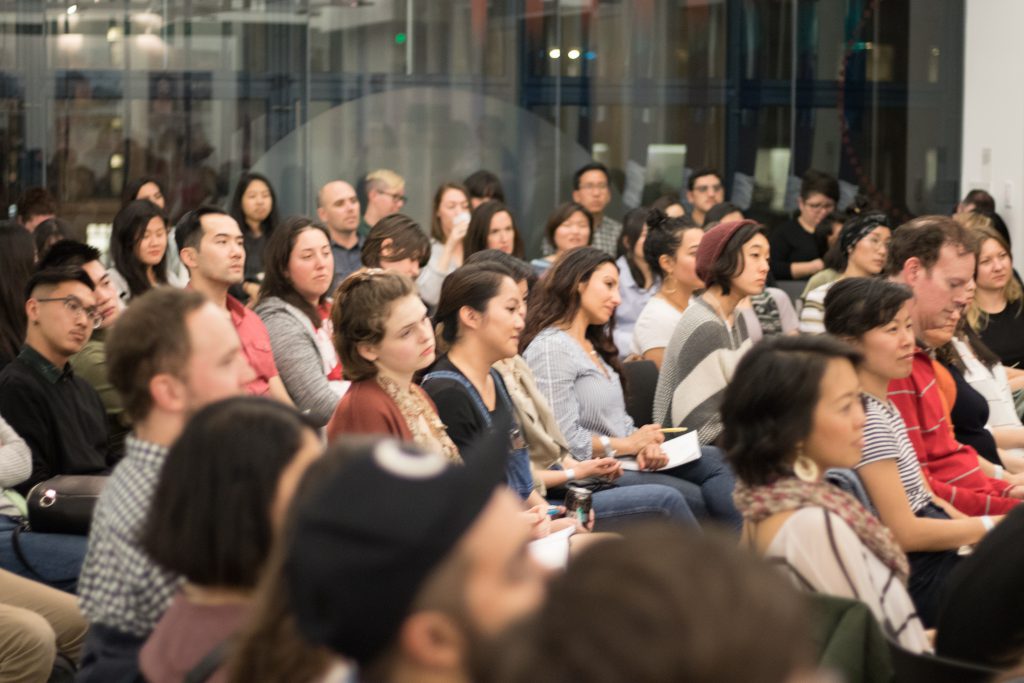
Ambivalence is unattractive in any relationship. This is especially important if you’re pursuing a specific company. Like pursuing a love interest, make them feel like you’re really interested and you’re taking the time to get to know them. Ask relevant and meaningful questions, present solutions that are carefully thought out, and don’t be afraid to voice your opinion. Basically, show a real interest—we’re all a sucker for someone who genuinely listens to us and gets what we’re about.
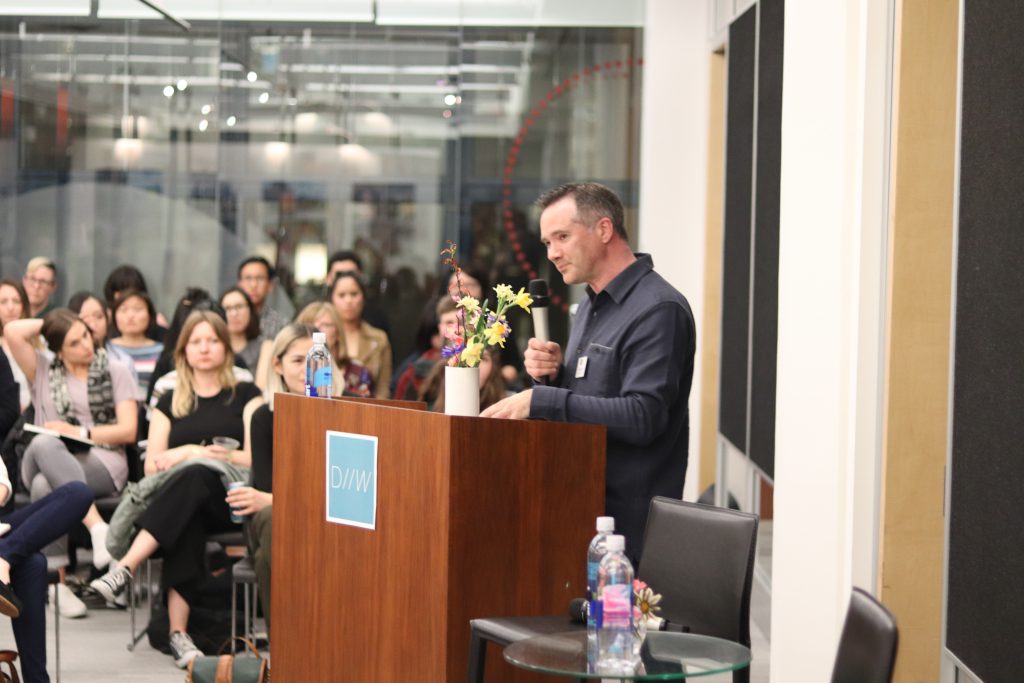
An interview isn’t a client pitch. One thing that doesn’t work well is when the interviewee gives a detailed walkthrough of the functionality of a product in their portfolio. Yes, share a little context of the product and features, but then share your relationship with the process that went behind the product; what were the challenges and how did you solve for them? Always include product metrics.
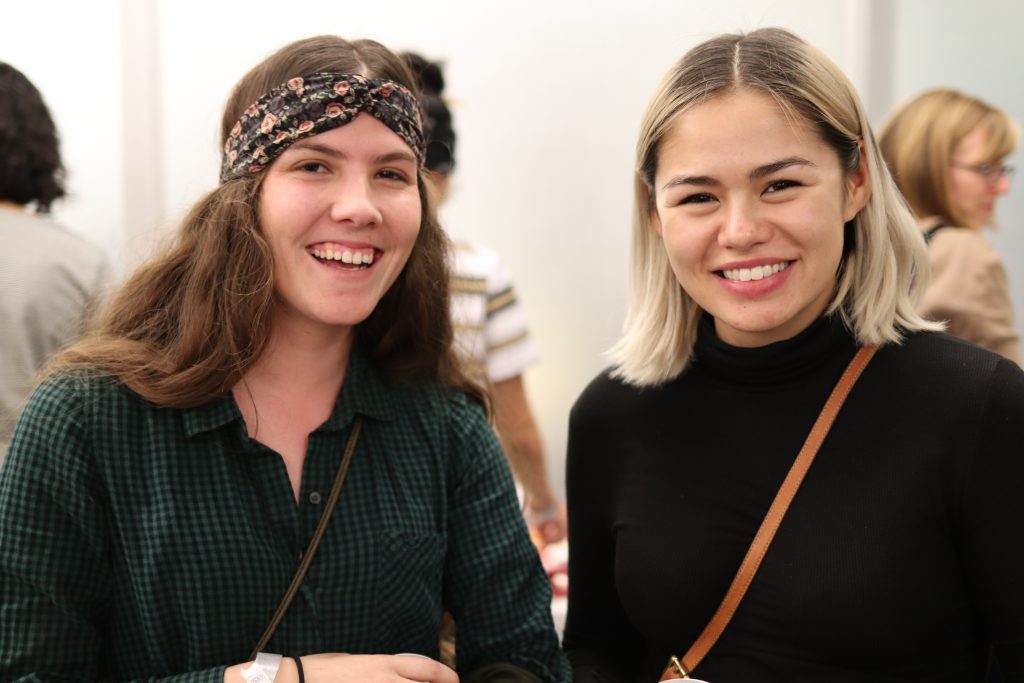
A good interview is a good conversation. Like a first date, make eye contact and be sure to ask questions. If you are on a video chat, look into the camera directly. Take deep breaths, slow down and don’t rush!
A big thank you to our annual sponsor Vitamin T.
Photo Credit: Ron Poznansky
